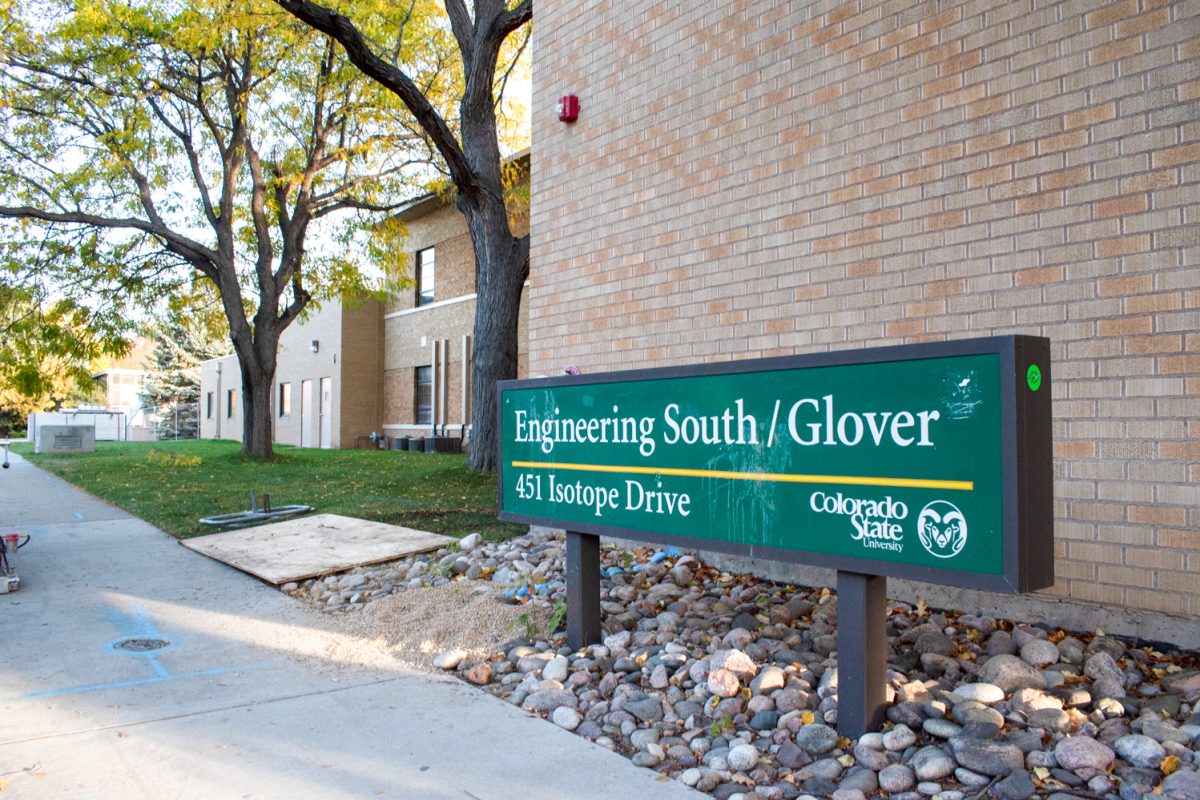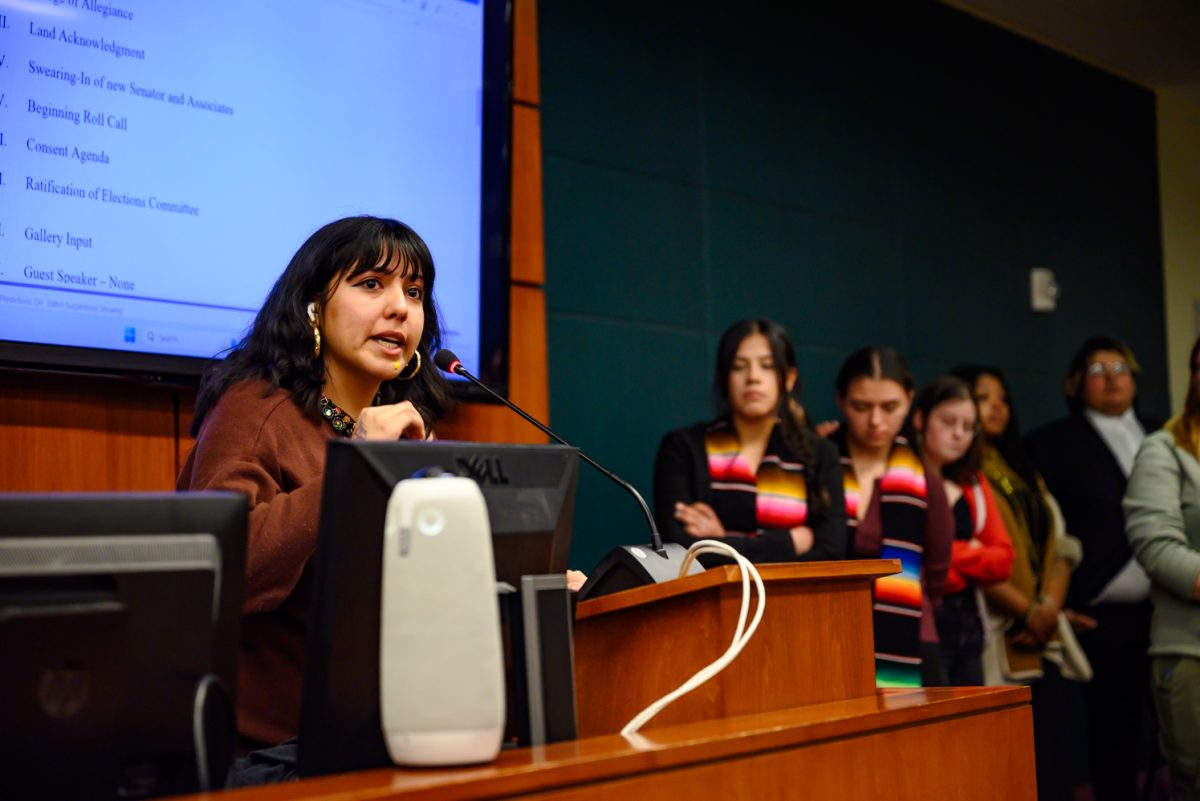As the spring semester got into swing a decade ago, the U.S. economy was slowly recovering from the greatest economic downturn since the Great Depression, but the Colorado higher education system was on the brink of a funding crisis nearly 30 years in the making.
According to a three-part series by The Collegian, the beginning of 2010 saw a mad dash to find a funding solution for increasing higher education prices and decreasing state taxes, as federal stimulus was set to expire in 2011.
The passage of three pieces of legislation in the 1980s and ’90s, the Gallagher Amendment, the Arveschoug-Bird Amendment and the Taxpayer’s Bill of Rights, seriously restricted how much the state could collect in taxes that went to supporting many public services, namely K-12 education, according to the article.
When the Great Recession hit in 2007, the state of Colorado found serious funding shortages that had to be resolved in order to balance the state budget. According to the article, the state went after the two services that didn’t have protected funding increases.
“When revenues are limited, … what are you gonna do?” said John Straayer, retired Colorado State University political science professor. “Well, there are two areas that aren’t protected; transportation’s not protected. Higher ed is not protected.”
The article called the repeated temporary fixes for budgetary shortfalls a “butterfly bandage on a gaping wound.” As of early 2010, the state had to find a long-term solution or see rising tuition and the fall of some colleges and universities, according to the article.
Unless we get some relief next spring, it’s gonna be a very difficult year for higher education, I’m afraid.” – State Rep. Randy Fischer, D-Fort Collins.
CSU itself saw large budget cuts to keep up with declining funding, including the closure of a maintenance department that oversaw lighting, heating, ventilation and air conditioning systems.
Between 2000 and 2010, CSU saw its tuition double from $2,408 to $4,822, according to the article.
In the two years before the article, Colorado had cut higher education funding 9%, according to Grapevine, an organization cited in the series.
To make up for the University’s budget shortfalls, redundant programs were eliminated, and employees were asked to work more hours for the same pay while accommodating a growing student population.
Universities like CSU considered privatizing to avoid a $2 billion state budget shortfall but ultimately found the idea unattainable, according to the article.
As colleges and universities across the state fought to streamline their budgets, the state announced budget cut after budget cut. To keep up with the coming cuts, CSU Facilities Management let go of 50 employees in 2010, according to the article.
Without a solution, colleges and universities feared not knowing where funding would come from.
“Unless we get some relief next spring, it’s gonna be a very difficult year for higher education, I’m afraid,” said state Rep. Randy Fischer, D-Fort Collins.
Top university officials had more faith, including former CSU System Chancellor Joe Blake, who said “We’re not back in the back of the cave waiting for sunlight.”
As of today, CSU’s base tuition for a 15-credit student sits at $6,123.20. Colorado sits among the highest rankings for public university in-state tuition costs and in five-year increases in tuition and fees for public universities, according to the College Board.
Ravyn Cullor can be reached at news@collegian.com or on Twitter @RCullor99.










